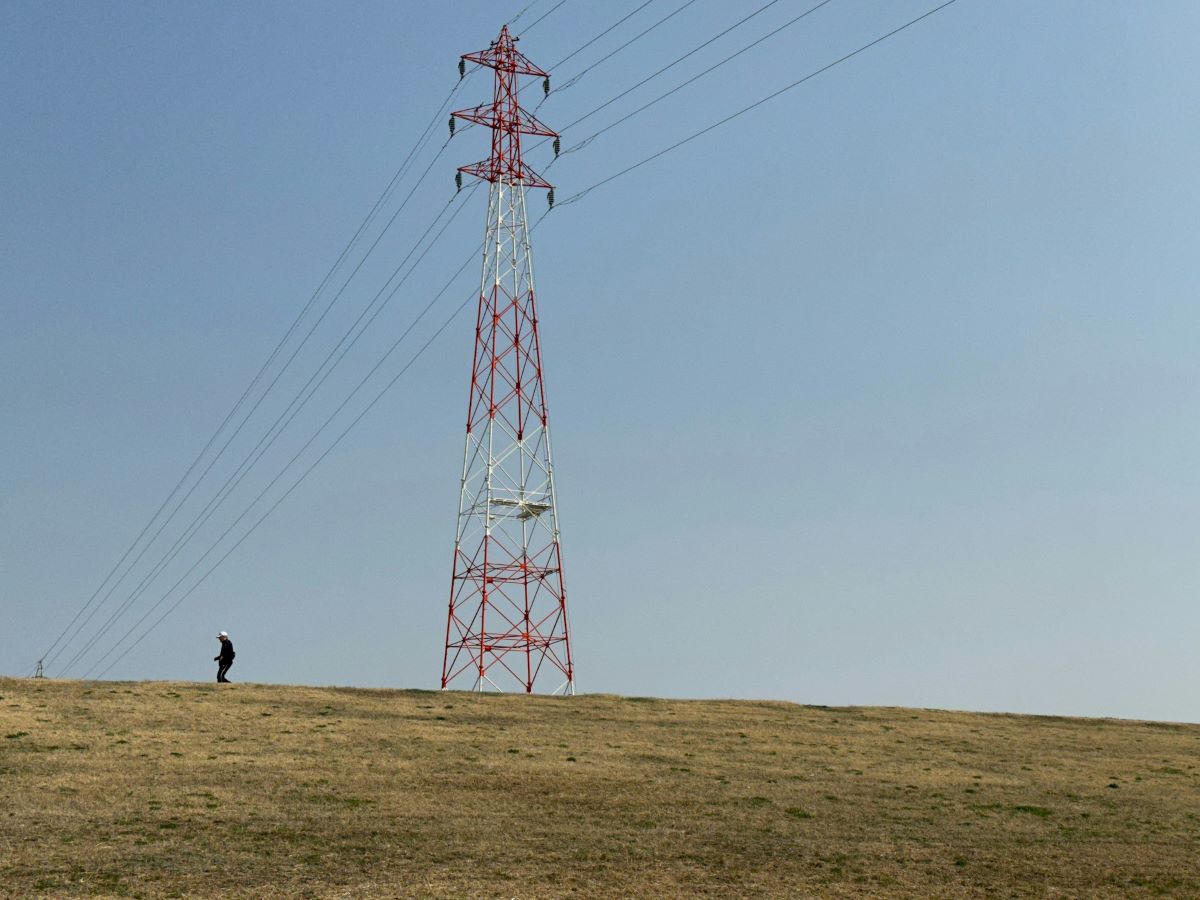A look into Japan’s energy industry
Japan, the world’s third-largest economy, has long been recognised for its technological innovation and industrial prowess. However, its energy industry faces unique challenges shaped by its geography, resource limitations, and historical events. As the country strives to balance energy security, economic growth, and environmental sustainability, understanding the dynamics of Japan’s energy sector is crucial.
Historical Context
Japan’s energy landscape has been significantly influenced by the 2011 Fukushima Daiichi nuclear disaster. Prior to the incident, nuclear power accounted for nearly 30% of Japan’s electricity generation. In the aftermath, the government shut down all nuclear reactors for safety inspections, leading to a dramatic shift toward fossil fuel imports. This dependence on imported coal, oil, and natural gas has posed challenges for energy security and increased greenhouse gas emissions.
Current Energy Mix
As of 2025, Japan’s energy mix comprises:
- Fossil Fuels: Over 72% of electricity generation relies on coal, oil, and natural gas. Liquefied natural gas (LNG) remains a cornerstone of Japan’s energy supply due to its relatively cleaner combustion compared to coal.
- Renewable Energy: Renewables account for around 20% of electricity generation, with solar power leading the charge, followed by hydropower, wind, and biomass. Japan’s Feed-in Tariff (FIT) system, introduced in 2012, has incentivised the growth of renewable energy projects.
- Nuclear Energy: Following stringent safety upgrades, several nuclear reactors have resumed operations. Nuclear power now contributes approximately 4% of the energy mix, with plans to increase this share to meet decarbonisation targets.
Read more: Japan’s Renewable Energy Sector: A Quick And Balanced Look On A Rising Industry
Key Challenges
- Energy Security: Japan imports over 90% of its energy resources, making it highly vulnerable to global supply chain disruptions and price fluctuations. Diversifying energy sources and enhancing domestic production are critical priorities.
- Decarbonization Goals: Japan aims to achieve carbon neutrality by 2050. Meeting this ambitious target requires a significant reduction in fossil fuel reliance and a rapid expansion of renewable and nuclear energy capacities.
- Geographic Constraints: Japan’s mountainous terrain and limited land availability pose challenges for large-scale renewable energy projects. Offshore wind and floating solar farms are being explored as potential solutions.
- Public Perception of Nuclear Energy: Despite safety improvements, public skepticism about nuclear energy remains high, complicating efforts to reintegrate it into the energy mix.
Policy and Innovation
To address these challenges, the Japanese government has outlined several strategies:
- Green Transformation (GX) Policy: This initiative aims to promote the transition to a low-carbon economy through investments in hydrogen, ammonia, and renewable energy technologies.
- Energy Efficiency Measures: Japan continues to lead in energy efficiency, with industries adopting advanced technologies to reduce energy consumption.
- Support for Renewable Energy: The government is revising the FIT system to encourage innovation and efficiency in renewable energy projects. Additionally, offshore wind capacity is being prioritised, with a target of 10 GW by 2030.
- Hydrogen Economy: Japan is a global leader in hydrogen technology, with plans to expand hydrogen production and establish a comprehensive supply chain for its use in power generation, transportation, and industry.
Future Outlook
Japan’s energy industry is at a crossroads, navigating the complexities of achieving energy security and environmental sustainability. The country’s commitment to carbon neutrality by 2050 signals a transformative shift. Key areas to watch include advancements in renewable energy technologies, the scaling of hydrogen infrastructure, and the role of nuclear energy in achieving decarbonisation goals.
While challenges remain, Japan’s combination of policy support, technological innovation, and international collaboration positions it as a potential leader in the global energy transition.
Eos has over 15 years of experience serving the Japanese market. Check our services here or book a free consultation now.
Photo by Jean-Claude Dumont on Unsplash
Read more:
Payroll in Japan: A Comprehensive Overview







